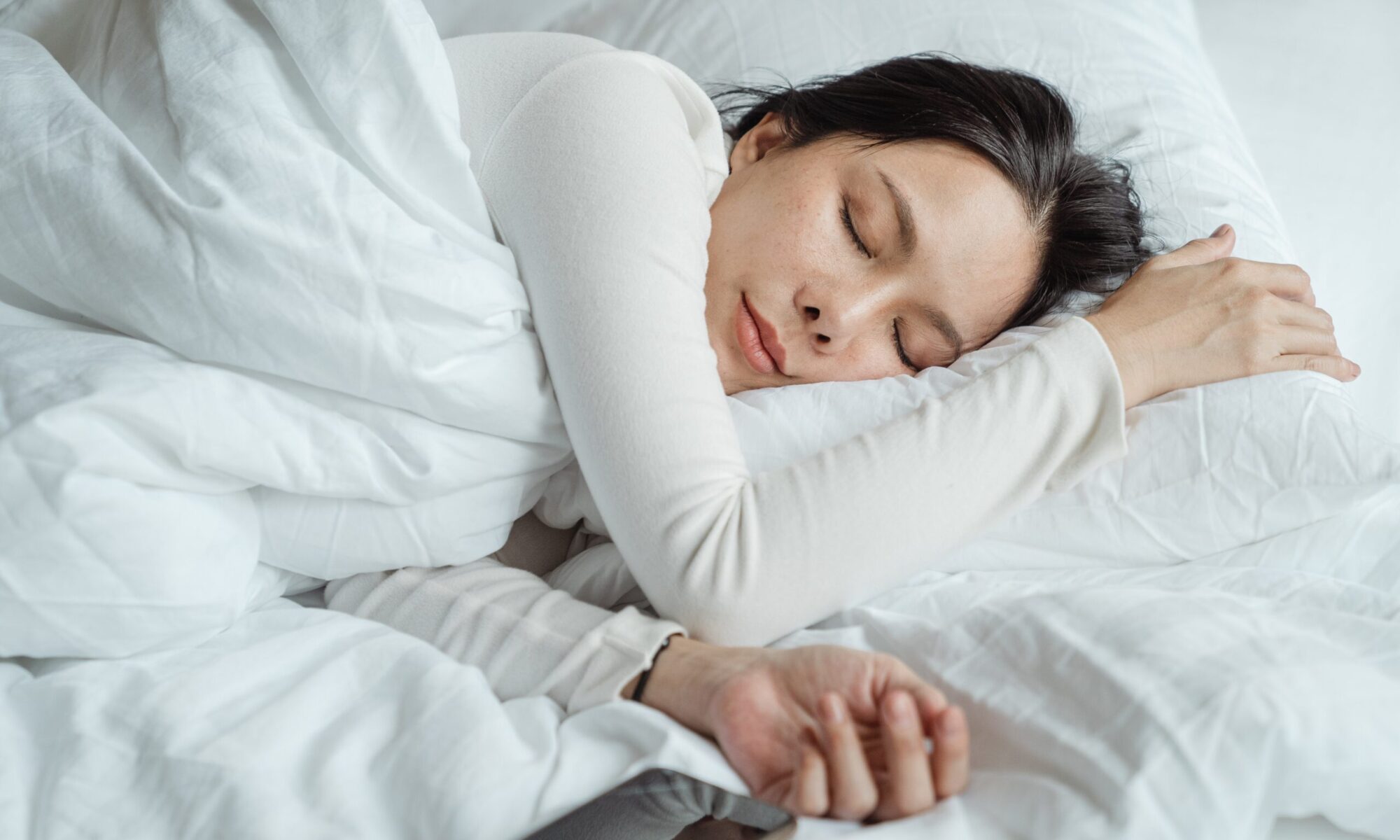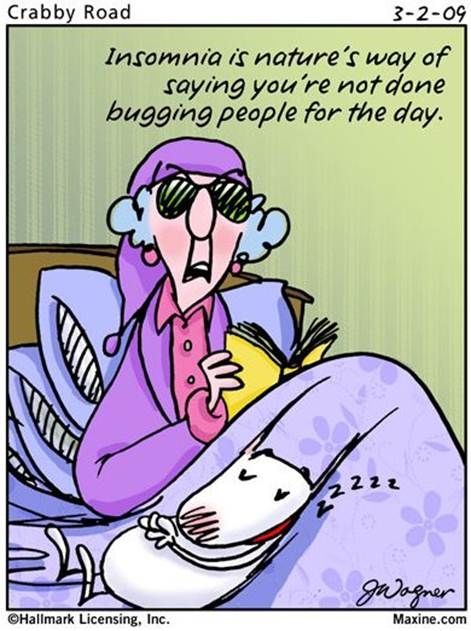Severe emotional distress, such as bereavement, job loss or serious illness in those near and dear may require appropriate counselling prior to any specific sleep promoting therapy. Equally PTSD, may be managed appropriately prior to CBT-I.
Severe emotional distress, such as bereavement, job loss or serious illness in those near and dear may require appropriate counselling prior to any specific sleep promoting therapy. Equally PTSD, may be managed appropriately prior to CBT-I.
In some respects, it is unfortunate that emotional aspects such as these should be addressed first because good quality sleep generally helps these issues too, but common sense dictates that safety should come first.
Heavy or regular consumption of alcohol may also raise issues. Many people consider having a drink (night-cap) a good start to sleep. Alcohol is a soporific (sleep promoting), it has muscle relaxing properties. This is the main reason that snoring worsens after a drink or two. It is also a CNS (Central Nervous System) depressant, hence not drinking and driving. Unfortunately, alcohol, despite its appearance, does not promote good quality sleep. It disrupts sleep staging and normal sleep cycles, consequently it’s far from the ideal sleep medication!

Furthermore, excessive alcohol use (abuse) brings its own set of problems, as does the use of recreational or street drugs. Not only do they add chemical issues but they reduce compliance with plans that you put in place for yourself. Assistance is available and access is prudent for health maintenance. Smoking equally so, although smoking in itself has not been shown to adversely affect sleep improvement through CBT-I, smoking is clearly not in anyone’s best interest (except for the cigarette manufacturers and the government).
So, what about smoking – it can relax me, right?
Nicotine disrupts sleep and despite the general belief (like alcohol) use before bedtime disrupts sleep. Smoking can also increase the risk of developing sleep conditions like sleep apnea alone. However, since nicotine is a stimulant, smoking can mask tiredness. This is why for smokers; a cigarette can get you “up and going” for the day. Therefore, smoking disguises, the harm, it does.
Yes, coffee is a stimulant and excessive use may be used to counteract the problem of poor quality or deficient amounts of sleep. With a little insight we start to see just how bad the problem of poor sleep actually is! So, you want to be part of the solution, not part of the problem – good for you!

Both smoking and vaping expose your body to the addictive stimulant nicotine. Research shows that nicotine disrupts sleep several ways:
It suppresses REM (rapid eye movement) sleep, that is restorative sleep. Research indicates that most smokers feel less rested than non-smokers because they spend more time in the earlier stages of sleep (Stages 1-3).
Nicotine also causes withdrawal symptoms during the night that can disturb the Circadian Rhythm too. Smokers are also more prone to OSA in the night and experience more apneic events than non-smokers. Nicotine may impair the signaling system between the brain and breathing.
Inhaling nicotine-infused smoke or vapor can lead to inflammation in the nose and throat and can narrow the bronchial tubes of the lungs, all of which can aggravate nighttime breathing. Smoking and vaping may trigger obstructive sleep apnea or make existing OSA worse.
Daily inflammation of your lungs can lead to long-term breathing problems like asthma and COPD, or acute or chronic respiratory illnesses like bronchitis or a nagging cough. These coughing fits, combined with not getting enough oxygen when you breath, can disrupt your sleep further and contribute to many other health problems.
So, as you guessed smoking’s not great. Don’t try and give up smoking at the same time as CBT-I. It’s a lot to deal with all at once!
There are other issues that can disrupt sleep and your attempts to overcome them, on the way to a better sleep. You have to remember that sleep is natural. I would imagine that given a perfectly smooth path in life, most of us would not have any difficulty in sleeping. Let’s face it, life (for most of us) isn’t that way. I’d go so far as to say that given the frequency it occurs, there must be something going on!
As Insomnia is defined as a complaint of difficulty falling or staying asleep, associated with significant distress or impairment in daytime function and occurring despite an adequate opportunity for sleep – it has an approximate general population point prevalence of 10%. This relates to significant ongoing insomnia and the number is likely greater if other factors are considered.
Life isn’t easy generally and can occasionally be really quite difficult. For instance, if you feel that you’re under a lot of pressure right now (and with COVID-19 many are) your first step may be to seek support from some counselling sessions. Before you wonder why you would do this, remember; qualified counsellors are made to retain counsellors for themselves!
In the case of work or domestic disputes, tension or troubles, your body is potentially giving more than it can. It’s like having a bank account, but always withdrawing!
Let’s have a quick look at stress, what it is and how it can affect us.








